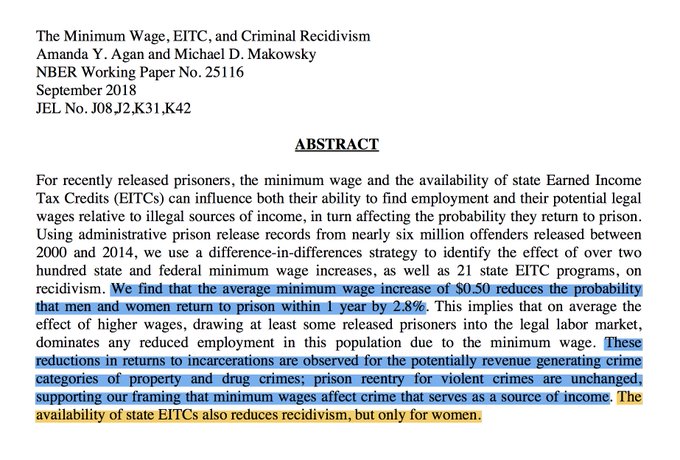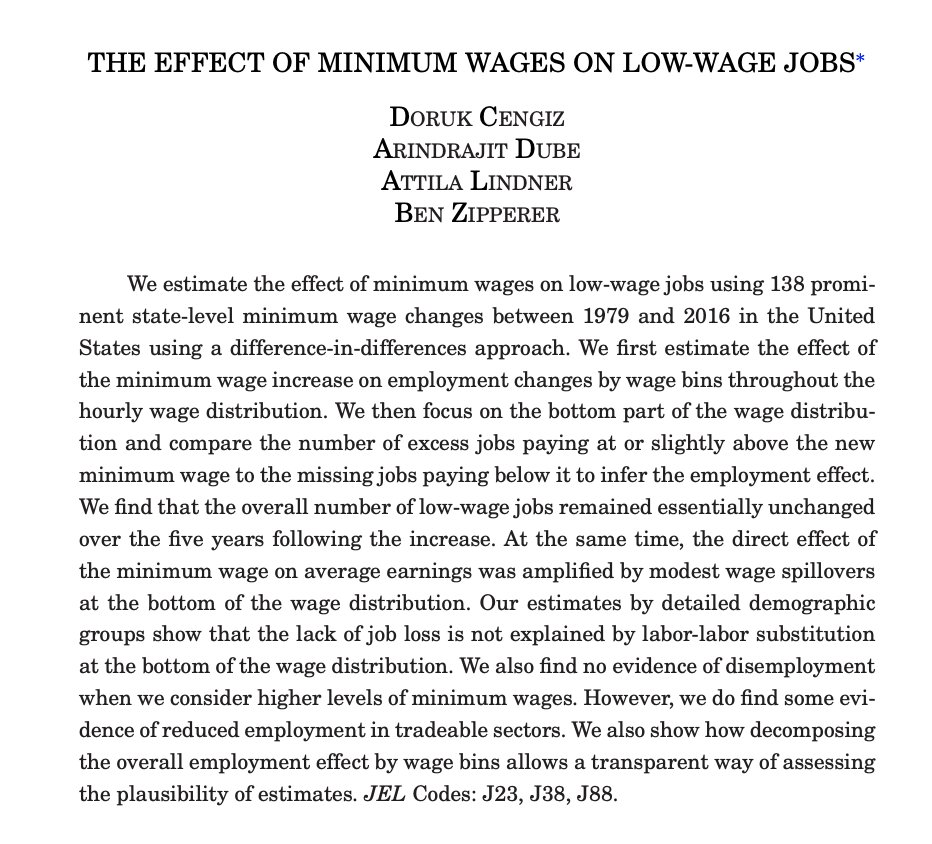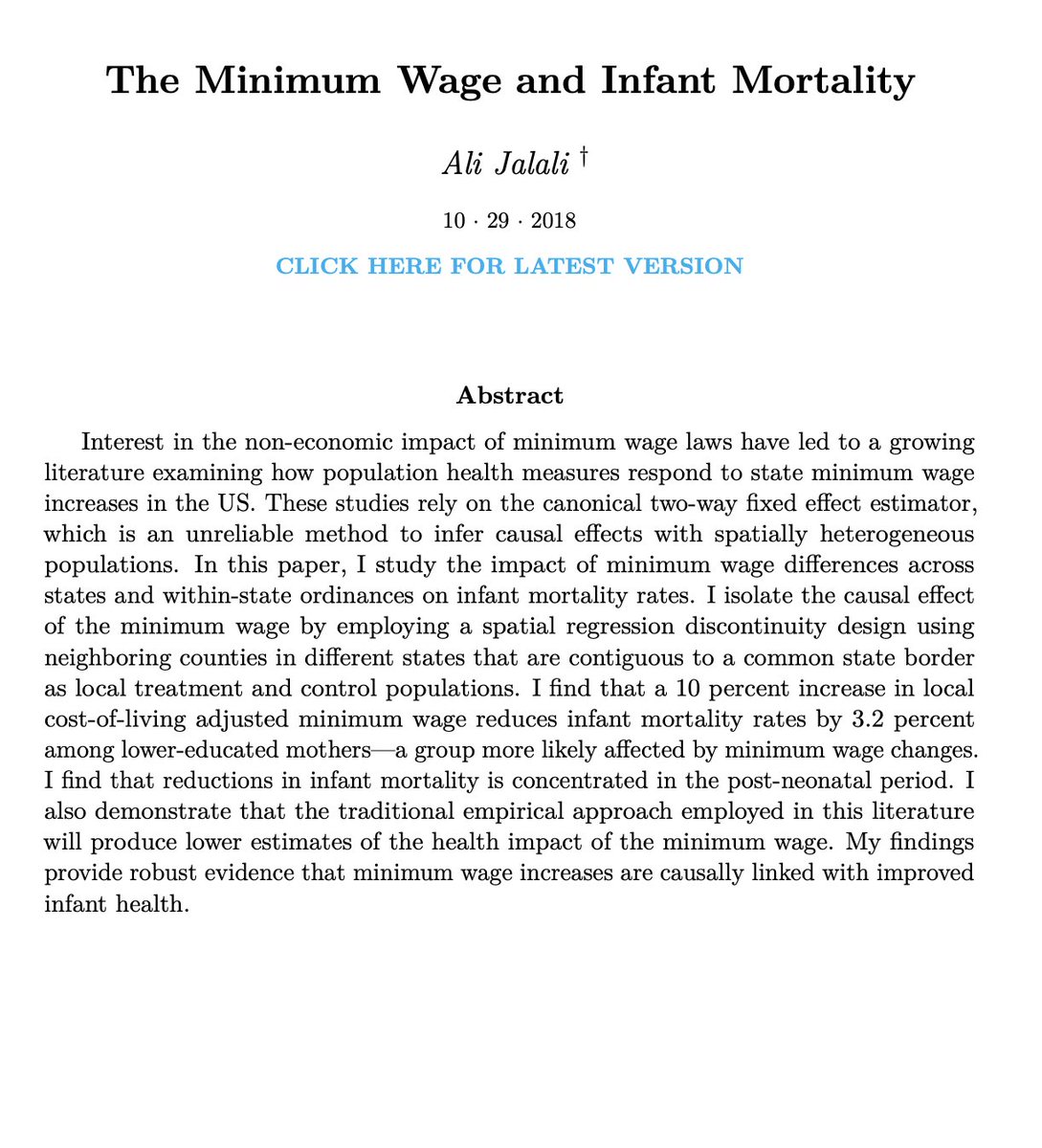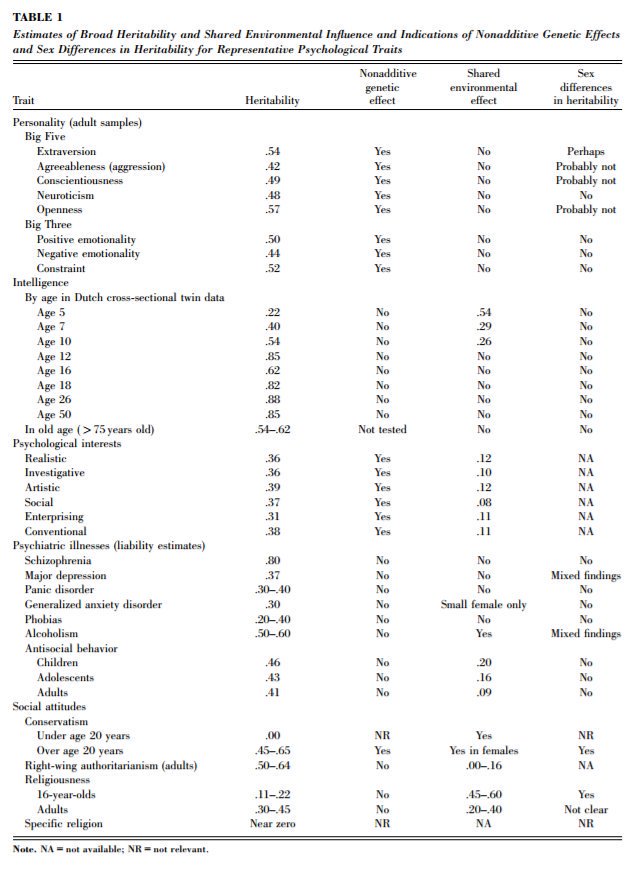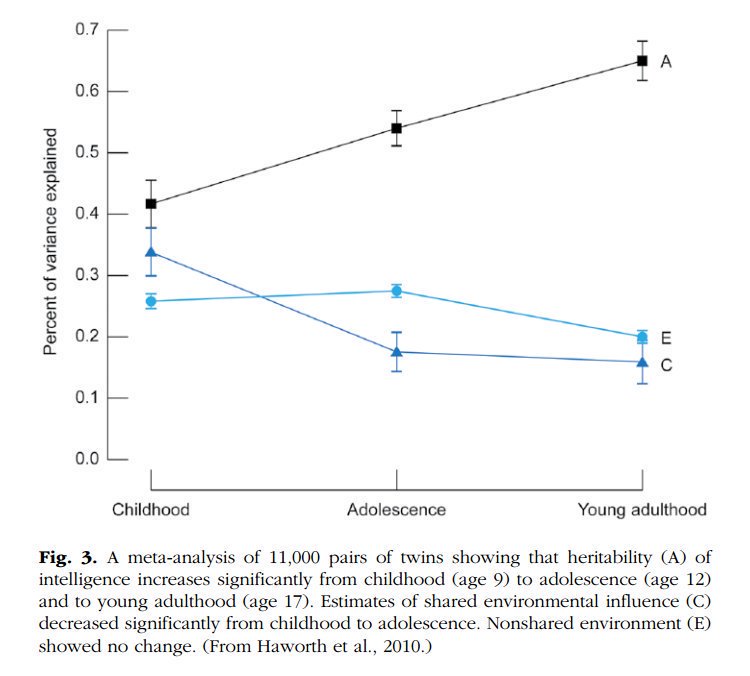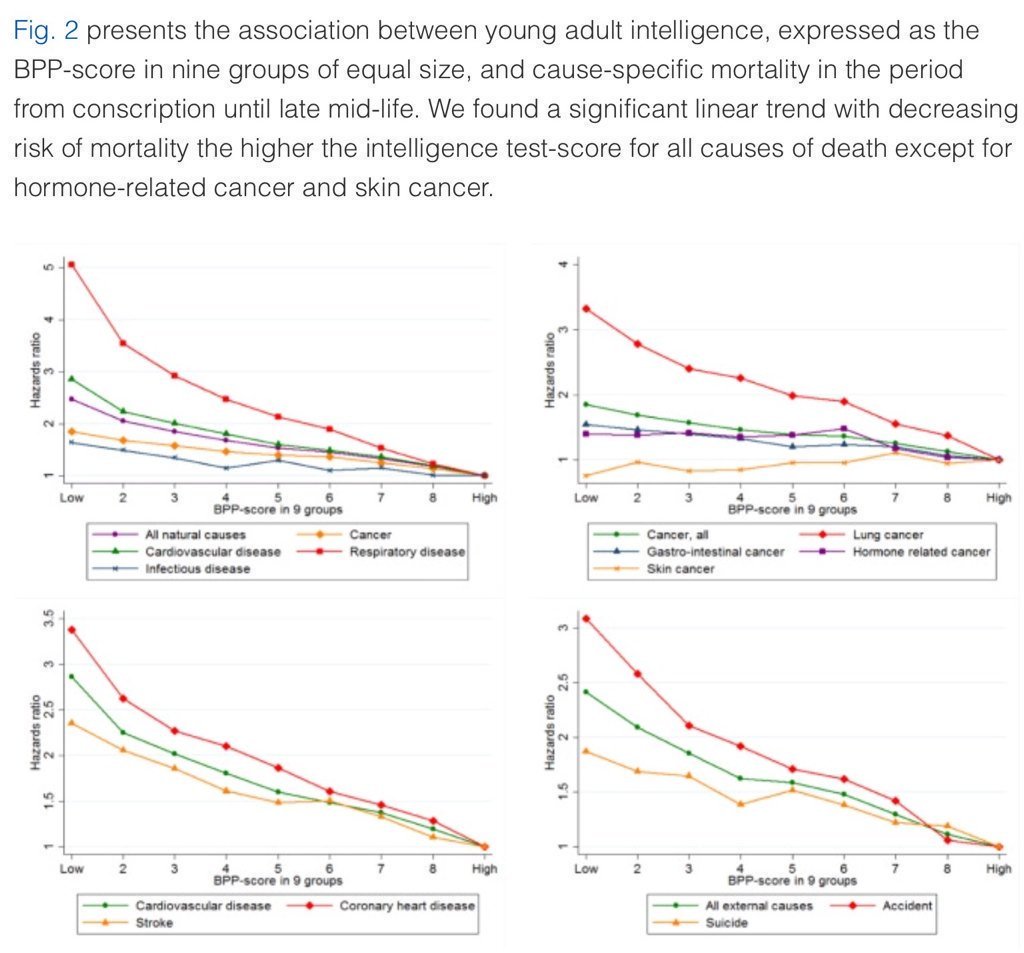Interpretation of Financial Statements - preliminary filters.
1. Looking for sustainable competitive advantage:
When looking for sustainable moat, you wanna see consistency - in earnings, in having low debt, in having growing earnings, low spending in capital expenditures, etc.
The longer the company has existed, and if it sells you the same product for years (like Coca Cola), it reduces production costs and other costs (R&D, Training, marketing) slowly as the company ages.
When costs are reduced, margins and profits increase.
2. What to look for in an income statement:
Let's take a look at Apple:
i) You want to see earnings grow at a steady pace. Take a look at the net income below.
ii) Another thing that's important is a consistent and high gross margin.
As a thumb rule, Warren Buffett wants to see a gross margin of around 40% or above.
Although not quite 40%, it's around that range with respect to Apple.
Compare this to Apple's competitors.
Samsung's gross margins are around similar range, highest being 45.7% in 2018, and Huawei had a gross margin of 38.6%.
